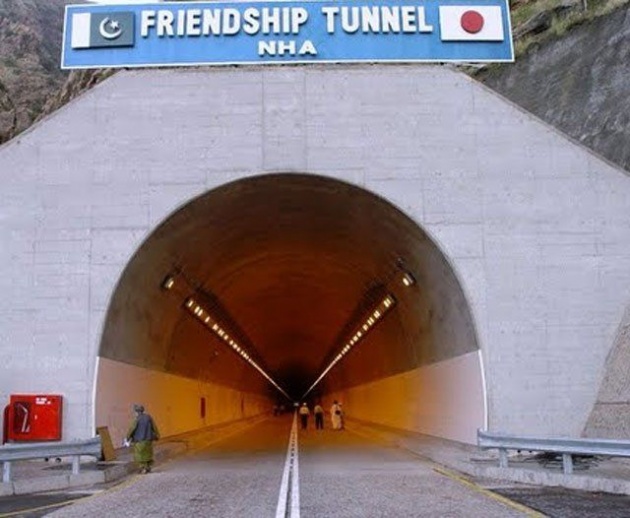Kohat division consists of broad and narrow valleys bounded by various high and low mountain ranges. The elevation ranges from 500 meters to 1500 meters with small plains around Kohat city while Karak have wide plans. Rainfall in Kohat is erratic in nature; from 9.82 mm in November to 77.84 mm in August with an yearly average of 412 mm. Sixty to seventy percent of rains are received during monsoon. Average temperature varies from 48 C in June & July to 6.2 C in December & January. Cold winds in winter drops the temperature blew 0 C. Soils are generally clay loams, loams, sandy loams and loamy sands. Cultivated area is, in general, fertile, but scarcity of irrigation water is the main limiting factor in production. Therefore, large areas of land are at the mercy of rainfall. Rain fed agriculture is practiced in Kohat division, except in small areas where irrigation water from Tanda Dam, dug wells or springs is available. To improve the dry land agriculture, Barani Agricultural Research Station was established in the year 1993-94 on an area of 25 acres at Jarma, Kohat. It is 10 Km in the south of the city, on main Indus Highway, with an elevation of 580 m.
Barani Agricultural Research Station, Kohat is the only institution engaged in research activities pertaining to rain fed conditions. The researchers at BARS experience great difficulties to approach to the dry areas in the limited resources allocated to this research station in terms of transport, equipments, scientists and finance. In dry land agriculture, low moisture and limited input resources are the main causes of low yield. Sixty percent of the total cultivated area is rain fed whereas around seventy percent of the population is directly or in directly engaged in agricultural activities.
The ultimate goal to which we all are striving is to increase the production of crops under conditions that are less than required for maximum production. To achieve this goal we have to take into consideration the dry areas of the country. Since the occurrence of rain fall is un-certain in the barani area due to which complete crop fails and the farmers suffer from economic losses. Thus it is imperative to carry out an extensive research on evolving the adaptable high value vegetable crops like Caralluma (Chungan) that needs too much low water.
Barani Agricultural Research Station Jerma Kohat is the only station in the whole Khyber Pakhtunkhwa which started limited research work on caralluma for the first time in addition to the research activities for purely barani conditions. The main aim of this station is to grow and maintain valuable research materials in reserve during the severe drought conditions. This station is also mandated to introduce, adapt and generate improved technology for barani crops under severe drought conditions.

.



